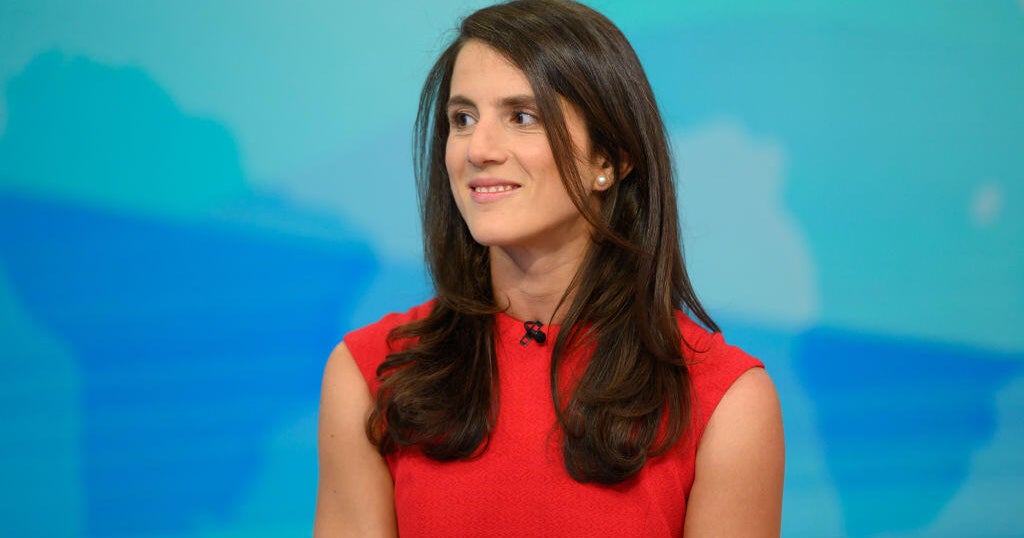The Bureau of Meteorology’s unpopular new website cost millions of dollars more than previously reported, with the agency’s new chief revealing the price tag for the heavily criticised redesign was actually $96 million.
In his first interview since stepping into the role two weeks ago, new bureau chief Dr Stuart Minchin said he intended to be transparent and admit mistakes the agency made, after its website changes were lambasted as destructive storms hit south-east Australia last month.

Bureau of Meteorology chief executive Stuart Minchin. Credit: Alex Ellinghausen
Media reports revealed that the website, criticised as difficult to navigate and over changes to its radar map that made place names difficult to read, had cost significantly more than the $4.1 million originally stated by the bureau, as this figure did not include a $78 million website design contract for private consultancy Accenture Australia.
But Minchin said the total cost of the redesign, completed under former chief Dr Andrew Johnson, was even higher than reported.
“I’ve looked into it. The total cost, when you add the Accenture work, the security testing and everything else, it’s about $96 million,” he said.
Loading
While then acting bureau chief Dr Peter Stone issued a mea culpa one week after the new website was launched, he stopped short of conceding a mistake had been made, instead saying it would “take time for some to adjust” to the changes, and the bureau would do more to help people do so.
Environment Minister Murray Watt then called for the bureau’s top brass to report to state ministers and explain what they would do to address the public fallout, which resulted in a swift reversion of the radar to the old version.
Minchin said he had a lot of respect for Stone but that they had “different styles”.
“I’m really coming in trying to be open and transparent about how we approach things, being open to saying when we’ve got things wrong,” he said.
“When you’re criticised and bashed regularly, it’s easy to get defensive, but I don’t think that’s helpful.”
The website disaster came after the bureau last year sent a false tsunami warning to half the country during a transition to new software. The message was marked as “test” but sparked alarm among many in NSW, Victoria and Queensland, and the agency was forced to apologise.
Minchin acknowledged another of the bureau’s public mistakes, when it asked people using popular phrase “the BoM” to switch to “the Bureau” in 2022, spurring another ministerial rebuke.
Then environment minister Tanya Plibersek said at the time that the bureau’s focus “should be on weather, not branding”.
Minchin said it was an “incredible privilege” to lead the agency, which he refers to as “the BoM”.
Loading
“There are few roles where your science can be immediately impactful to every person on their daily lives and their safety,” he said.
Minchin’s career began at the nation’s top science agency, the CSIRO, working in water management. He went on to lead the environmental division of Geoscience Australia, where he led the undersea search for MH370, the Malaysia Airlines flight that disappeared over the Indian Ocean in 2014.
He then moved to become director-general of the Pacific Community, the principal scientific and technical organisation in the region.
An element of the openness Minchin said he will bring to the role is explaining the challenges the bureau will confront, including weather changes caused by global warming that creates more volatile weather systems.
“The climate science says that when there’s a change in the average climate, you get more extremes,” he said.
“We’re going to have to make use of new technologies and new innovations. AI [artificial intelligence], for example, is going to play a huge role in weather forecasting in the future.
“We have to use it very carefully because AI modelling is based in many cases on pattern recognition from the past. But in a changeable environment, where the weather is not always doing exactly what it did in the past, you can’t just plug in AI and hope for the best.”
Complaining about inaccurate forecasts is a national pastime, but Minchin said one of his priorities is communicating the bureau’s track record.
The agency’s statistics show the forecasted maximum temperature has improved by two days in the past decade, so the four-day prediction is now as accurate as a two-day outlook in 2015.
“I think a lot of the criticism that comes to the bureau at times is misunderstanding, or people not understanding the complexity of what we’re dealing with.”
Cut through the noise of federal politics with news, views and expert analysis. Subscribers can sign up to our weekly Inside Politics newsletter here.
Most Viewed in Politics
Loading


















































